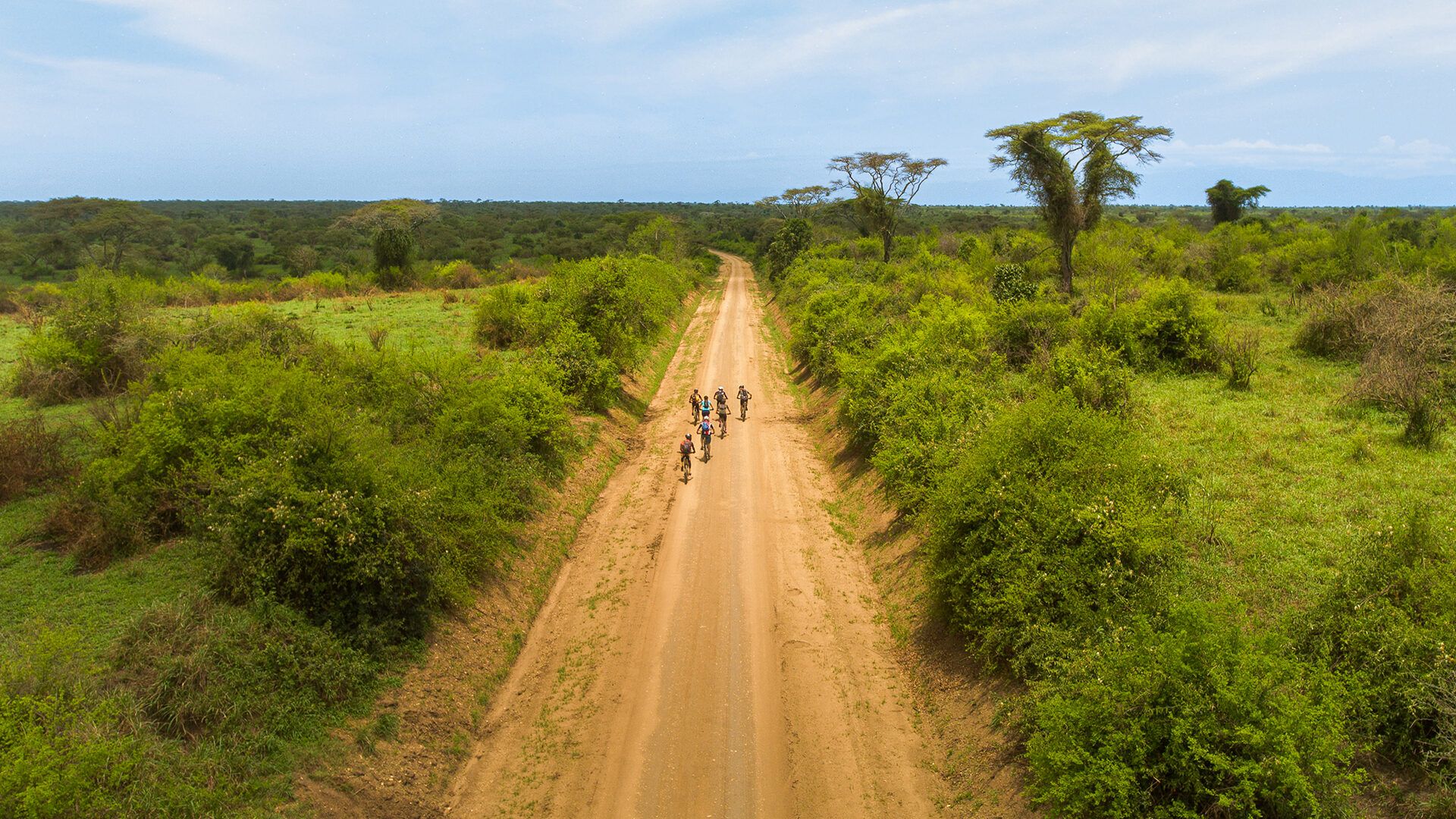
The Uganda Cycling Trail is a new 1,580km, 22-stage route which crosses Uganda. The route takes riders from the gorilla-inhabited highlands of the west over to Lake Victoria, across the lake and on to the capital of Kampala, then up the 4,321m Mount Elgon on the Kenyan border and through the pastoral farmlands of the northeast, which are home to indigenous tribes.
“If you ride the trail, you’ll find that every two or three days the environment completely changes,” says Thies Timmermans, one of the creators of the route. “The wildlife is just different from any other trail you can ride, too, and of course, there’s the communities and the culture along the way. Uganda was ranked the most ethnically diverse country in the world. There are over 40 different indigenous ethnic groups - each with their own language and customs. On the trail you have the chance to meet at least 10 different cultural tribes.”
The cycling trail is primarily off-road, with 85% of the route being unpaved. It can be broken down into four smaller long-distance trails: the Green Highlands Trail (six stages, 402km) above the Bwindi mountains, the Victoria Nile Trail (five stages, 340km) from Kalisizo to Jinja, the Elgon Trail (six stages, 370km) which runs to the border of Karamoja and the Warrior Nomad Trail (five stages, 475km) to Kidepo, a river, national park and birdwatching paradise in the northeast.
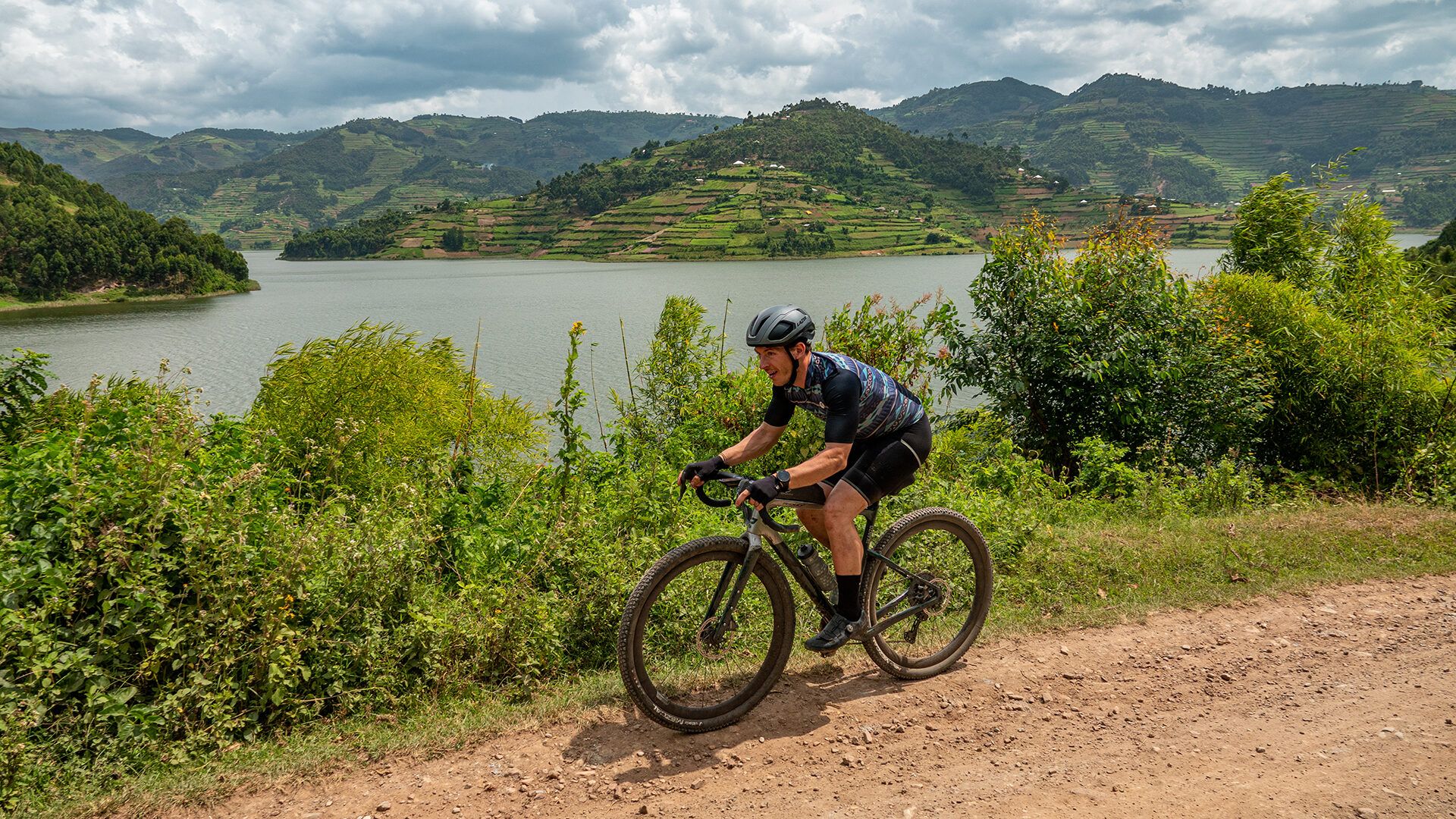
“We divided it into four sections, and to 22 stages, to make it easier for people to just do the trails they want to do,” says Thies. “We wanted something that every cyclist can do. So it’s long, but it’s not too difficult, and we wanted it to be safe. That’s why there are as few tarmac roads as possible. Because the traffic is not very safe. But we wanted to show off Uganda as well, so for us, it made sense to make the longest route possible and to cross the whole country.”
Thies goes on to talk me through each of the sections on the cycling trail.
“In the southwest corner you’ve got the Green Highlands Trail, which is green and hilly, and that’s where most of the jungle is,” he says. “You’ve got banana plantations, some nice lakes and the highlight is, of course, the gorillas and the monkeys that you can visit there.
Uganda is one of the few countries in the world where you can see the big six - visiting gorillas in the jungle, then seeing lions the next day.
“The second section crosses Lake Victoria, so it’s more focused on the communities that live around the lake and the cities it visits - Entebbe and Kampala. In terms of culture, it’s a very interesting part of the route.
“The third segment runs from Kampala to Mt. Elgon, and it’s basically a flat trail, crossing the mighty Nile river, and then you end up climbing Mt. Elgon, which is one of the biggest single standalone mountains in Africa - and there are some really nice waterfalls there too.
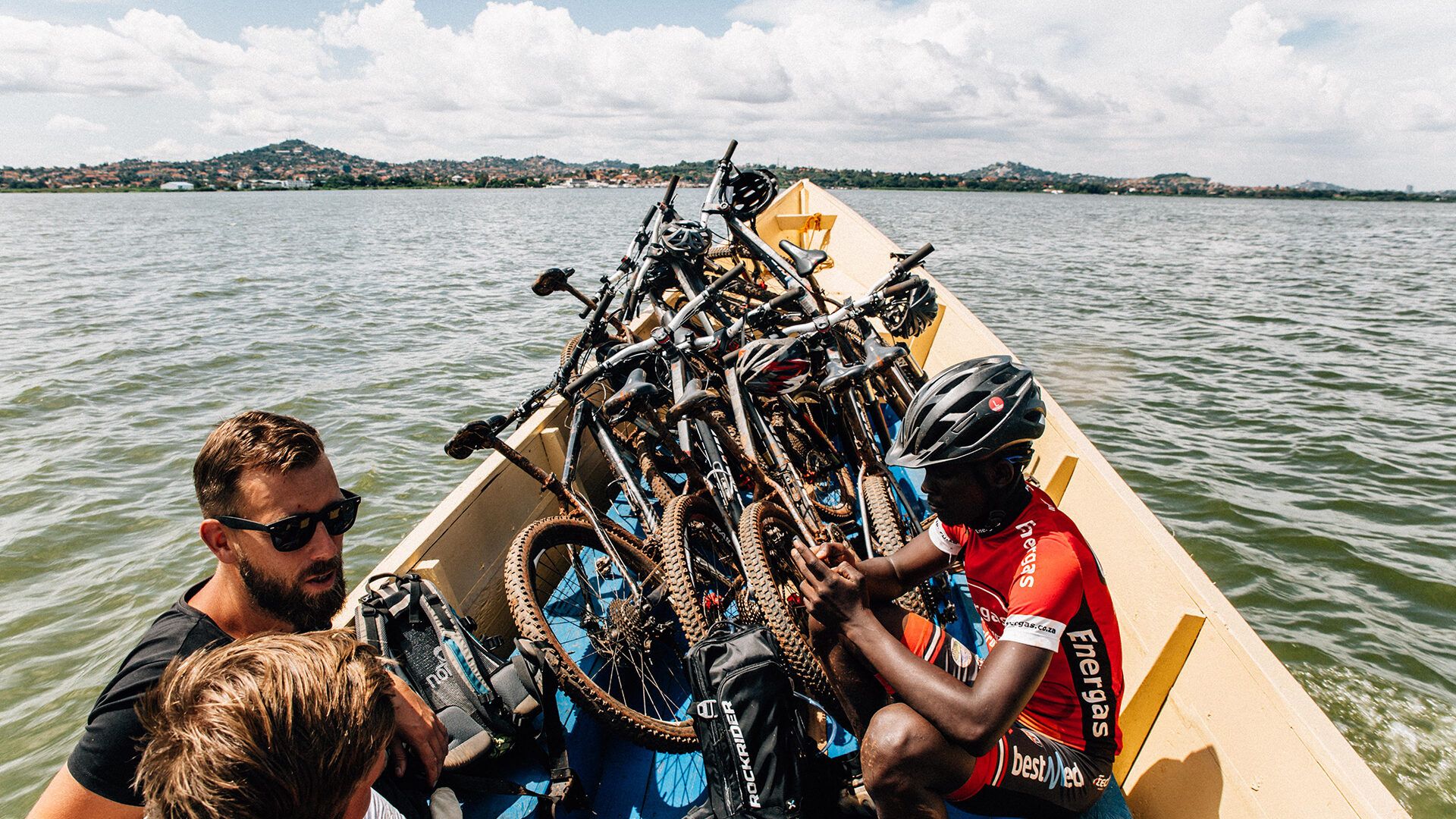
“The fourth section of the trail is completely different. The Warrior Nomad Trail goes to a very arid area. It’s very hot. It visits the Karamojong people, an indigenous group similar in some ways to the Maasai people in Kenya and Tanzania. You can visit their homes and learn about their pastoral lifestyle if you want to, and so that’s completely different from the other sections you’ll ride.”
For Timmermans, it’s the wildlife opportunities, and this huge range of landscapes that sets Uganda apart - with the chance to see gorillas providing a particularly unique experience.
“A ranger will take you up the mountain,” he says. “And you have to walk for usually an hour, or sometimes even four, to go and visit the gorilla family - then you’re only allowed to stay for an hour, because they don’t want the gorillas to get used to people. You have to book well in advance but for me, even with cycling as my passion, it’s the best thing you can do in Uganda. It’s only in Uganda, Rwanda and the Congo where you can do that, visit gorillas in their natural habitat.”
Thies points out you may even encounter the animals on the trail, if you're lucky.
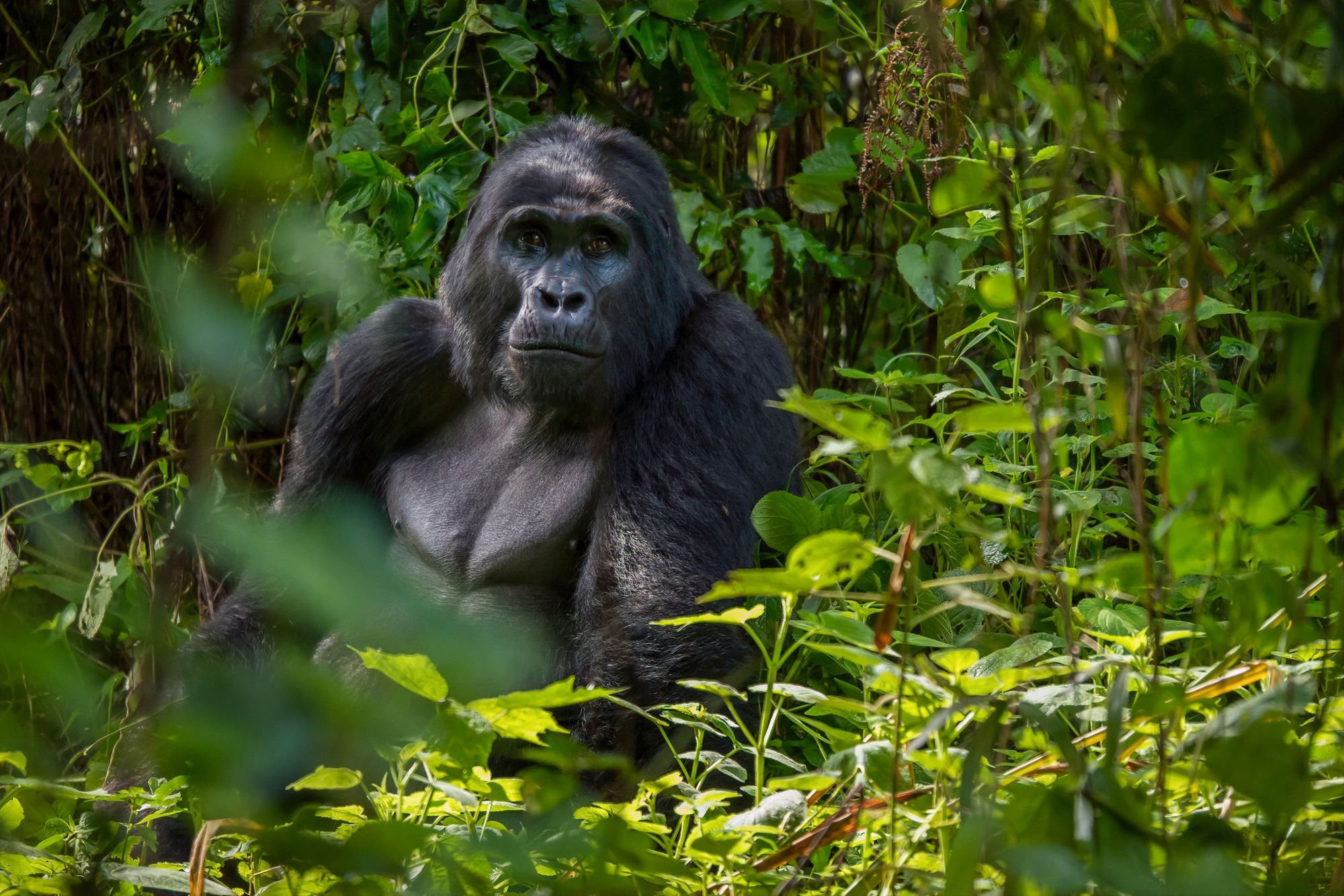
“We had a couple of clients out who were going on the gorilla tracking walk the next day, but they also saw a couple of gorillas while cycling on the trail,” he says. “They kept their distance, and the guides they were with told them not to go any closer, but that was wonderful.
“Uganda is one of the few countries in the world where you can see the big six - visiting gorillas in the jungle and then seeing lions in safari parks the next day.”
It’s the endless singletrail. The lovely people, the climate and the wildlife that you can’t compare to any other country.
The Uganda Cycling Trail is also an excellent way to support local communities. Bikepackers stop and stay at accommodation en route, and eat and drink in small villages along the way, aiding rural and lesser-visited communities.
“We spent time and money on developing the trail as a way to give back to society and to the community,” says Thies.
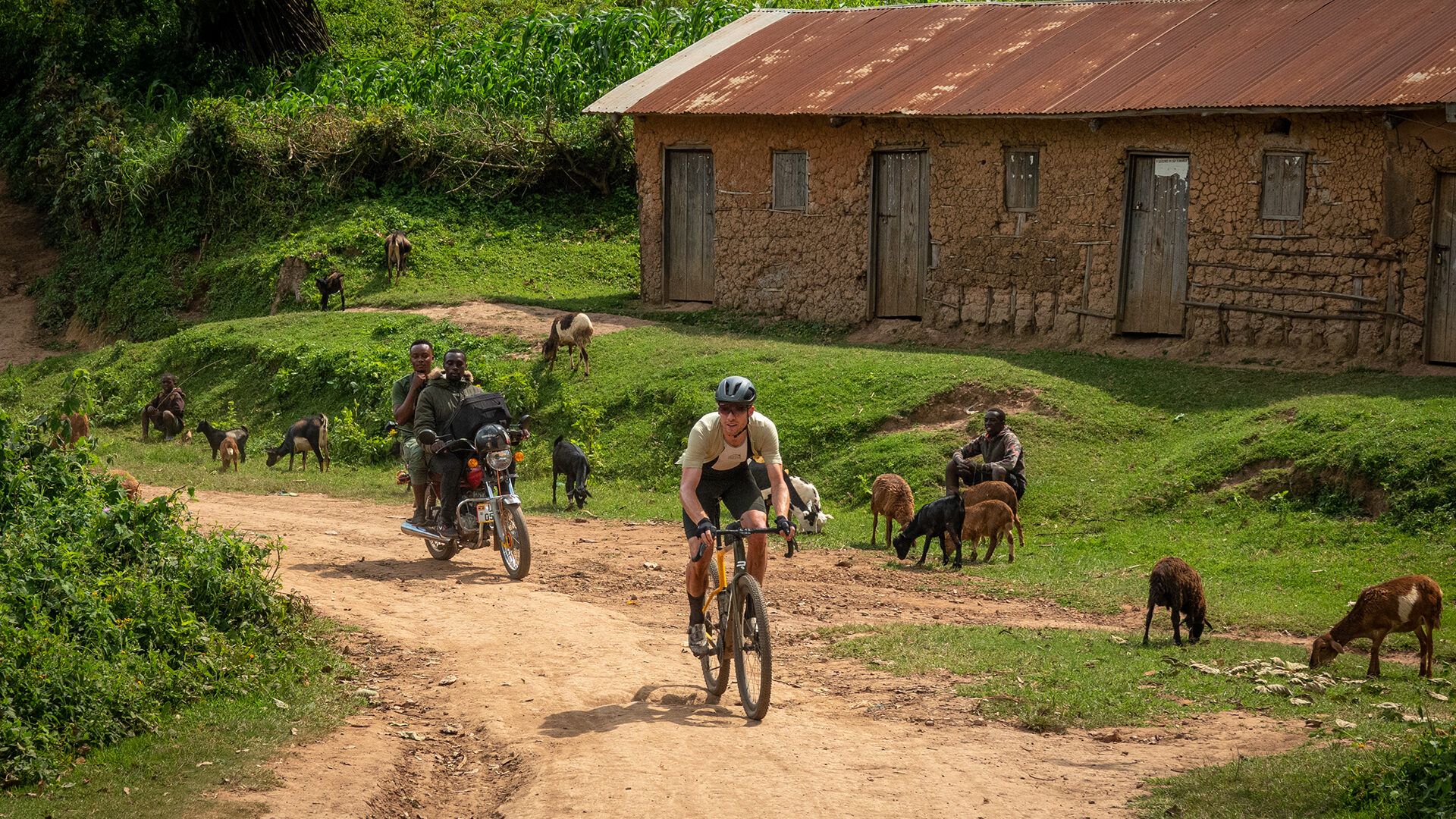
Timmermans also founded the cycling tourism company Red Dirt Uganda, and he runs an international event each year called The Kintu Trial, about the status of cycling in Uganda. He explains the status of cycling as a sport in Uganda.
“A decade ago there was almost no cycling at all,” he says. “We had some small cycling clubs and there were people who would cycle on paved roads, but just before the coronavirus pandemic people were really getting into it, especially mountain biking, as a leisure activity and corona actually boosted that. I think nowadays it’s a fully grown sport. There are professional athletes who compete internationally - but it is still small. It’s in its infancy.”
We talk about the 21-year-old Ugandan Florence Nakaggwa, who signed a professional contract with Team Amani, a racing collective fighting for inclusivity for riders across east Africa. Florence has has been making global news. “She’s my idol,” says Thies. “She’s a very nice, polite, small lady - but when she jumps on a bicycle she’s a monster. She becomes like a beast. It’s amazing.”
For Thies, the Uganda Cycling Trail is just the latest step in his broader journey to put Uganda on the map as a global cycling destination. “It’s the endless singletrail out there,” he says. “The lovely people, the climate and the wildlife that you can’t compare to any other country. It’s just beautiful.”
Inspired? Check out our full range of cycling adventures now.

